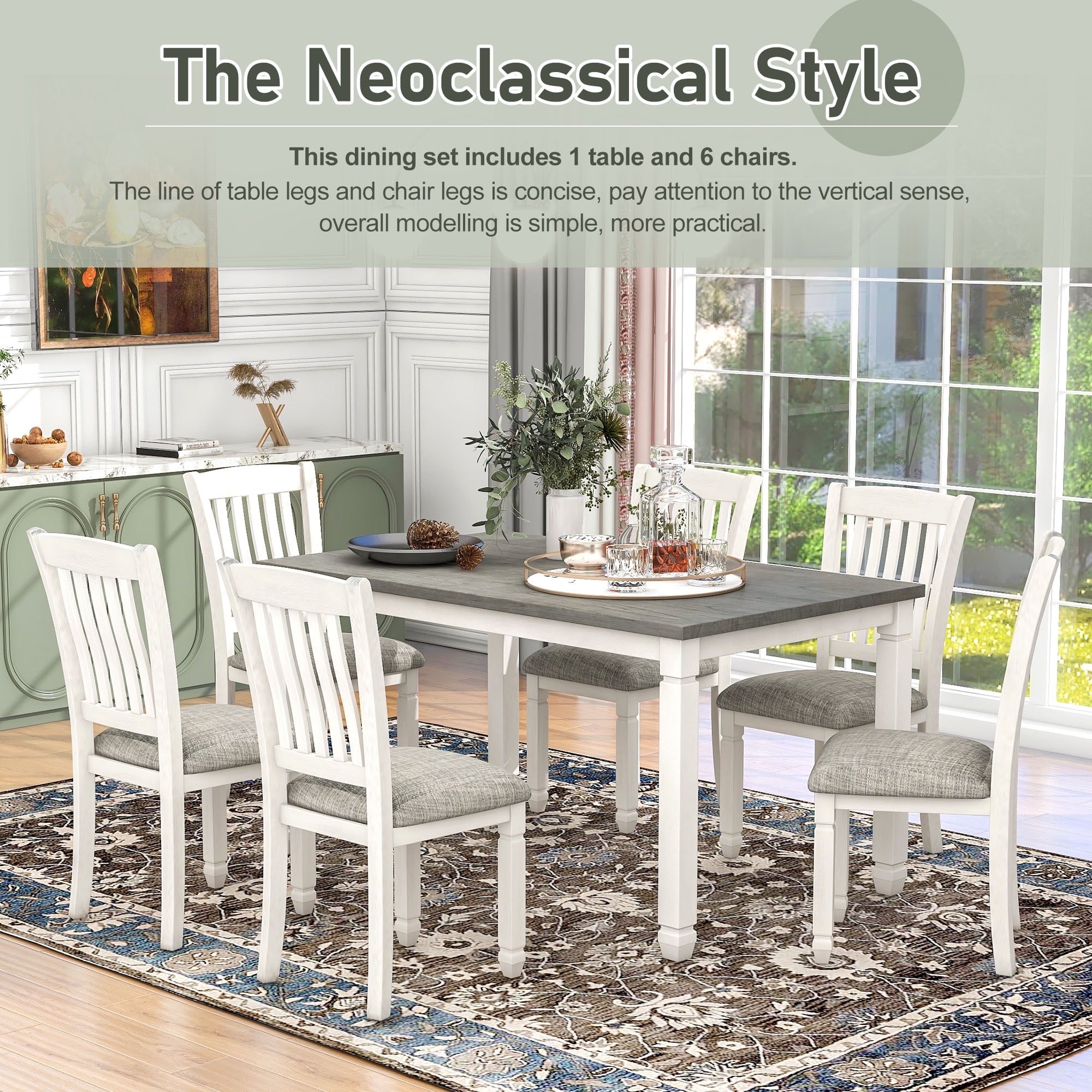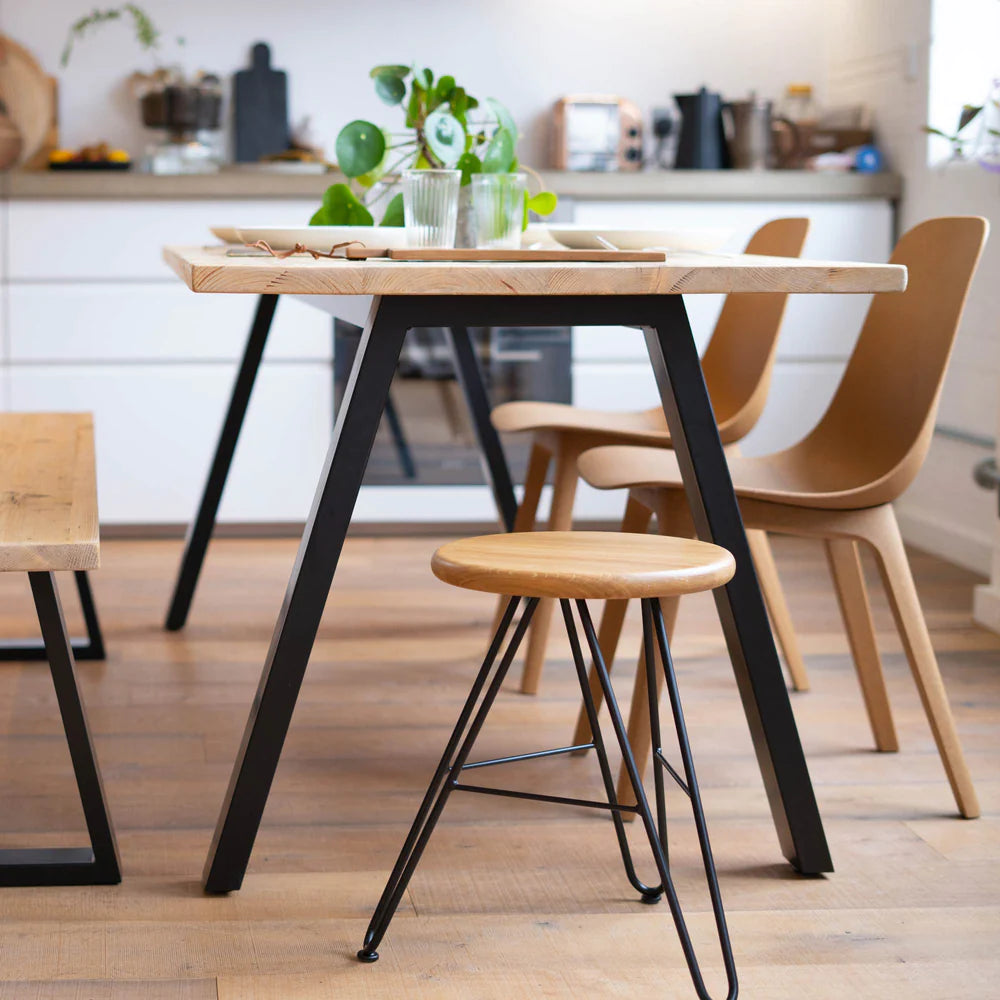How Dining Room Table Legs Can Change the Entire Aesthetic of Your Room
How Dining Room Table Legs Can Change the Entire Aesthetic of Your Room
Blog Article
From Typical to Modern: Find the Perfect Dining-room Table Legs for Your Design
The option of dining-room table legs plays a critical duty in specifying the overall personality of your space, linking the space in between standard craftsmanship and modern-day looks. While timeless styles such as cabriole and turned legs stimulate a feeling of ageless sophistication, modern designs like hairpin and geometric alternatives provide a possibility for striking visual passion. Assessing the appropriate balance in between these styles needs a nuanced understanding of your existing décor and individual preference. As you think about these components, the question stays: just how can you seamlessly integrate these varied leg designs to create an unified eating experience?
Comprehending Table Leg Styles
The range of dining space table leg styles can dramatically influence both the aesthetic appeals and capability of the space. Each leg style adds one-of-a-kind sensible attributes and aesthetic components, providing to diverse style preferences and usage needs. Recognizing these designs is critical for picking the ideal table that lines up with your overall interior decoration vision.
For example, tapered legs provide a clean, timeless appearance that can improve a room's elegance, while stand bases supply stability and optimize legroom, making them suitable for smaller spaces. Barrette legs, a characteristic of mid-century modern-day style, introduce a commercial style, allowing for a ventilated, open feeling. Trestle legs evoke rustic beauty, supplying robust assistance and a sense of eternity.
Furthermore, the choice of products plays a significant duty. Wooden legs can bring heat and structure, whereas metal choices frequently share a smooth, modern vibe. Inevitably, recognizing table leg styles is necessary for producing a cohesive dining area that mirrors individual style while guaranteeing usefulness and comfort. By thoughtfully taking into consideration these aspects, you can enhance both the visual and functional charm of your eating space.
Conventional Table Leg Options
When choosing eating area table legs, traditional choices usually embody timeless beauty and workmanship. These layouts mirror an abundant heritage and a commitment to quality, making them optimal for those that value traditional visual appeals.
One of the most famous standard leg designs is the cabriole leg, identified by its elegant bent form. This layout frequently features ornamental carvings and is most frequently discovered in Queen Anne and Chippendale furnishings. One more prominent choice is the turned leg, which boasts a series of smooth, rounded forms that supply a timeless look while maintaining security.
Moreover, the straight leg, while straightforward, supplies a tough and basic structure that can blend seamlessly with a selection of tabletop designs. For those drawn to ornate outlining, claw-and-ball feet legs evoke a feeling of majesty and can act as a sensational prime focus in any type of dining room.
Finally, pedestal bases, although not strictly legs, give a different standard choice that enables ample legroom and can be perfectly sculpted. Each of these conventional leg styles adds to the total atmosphere of a dining area, weding feature with aesthetic allure.

Modern Table Leg Layouts
Modern table leg designs supply a diverse variety of styles that stress cutting-edge materials and tidy lines. These designs usually prioritize capability while working as striking prime focus within a dining room. Minimalist appearances prevail, with legs crafted from products such as metal, glass, and crafted timber, which add to a ventilated and modern feeling.
One prominent layout is the hairpin leg, defined by its slim, tapered structure that gives stability without overwhelming the table top (dining room table legs). This style is commonly found in mid-century modern-day furniture and can effortlessly enhance numerous dining table shapes. One more fad is using geometric forms, where legs might take on unbalanced or angular kinds, adding visual rate of interest and a touch of virtuosity

Blending Designs for One-of-a-kind Rooms
Usually, home owners look for to produce distinct dining rooms that mirror their personal style by blending numerous layout aspects. This method enables for the incorporation of varied aesthetics, causing an unified yet unique environment. Pairing a rustic wood table with sleek, modern-day metal legs can produce an eye-catching comparison that boosts the area's general appeal.
In addition, integrating vintage table legs with modern table tops can evoke a feeling of history while preserving a modern perceptiveness. Such combinations not just showcase specific taste yet also urge creativity, permitting property owners to curate a room that feels both individual and inviting.
Color plays an essential duty in this blending process; picking table legs that enhance or contrast with the existing shade scheme can improve aesthetic interest. Whitewashed legs can soften the boldness of a dark table surface area, creating a balanced visual.
Tips for Picking the Right Legs
Selecting the right table legs is necessary for achieving both functionality and visual allure in your dining space. Begin by thinking about the total style of your room. Standard setups take advantage of legs that feature elaborate makings or transformed styles, while modern rooms may require smooth, minimal designs.
Following, assess the height and stability of the legs. dining room table legs. Common table vary in between 28 to 30 inches in height, so ensure the legs match this measurement look at this site for comfort. Furthermore, durable products, such as wood or steel, can improve security and long life
Review the leg form also-- alternatives consist of directly, tapered, or pedestal styles. Straight legs provide a timeless look, while conical legs can include a touch of style. Pedestal bases offer enough legroom and are ideal for smaller spaces.
Conclusion
In summary, selecting the ideal dining-room table legs calls for mindful factor to consider of both typical and modern-day styles. Conventional options such as cabriole and transformed legs supply classic sophistication, while contemporary designs like barrette and geometric forms supply a contemporary touch. By harmonizing leg design, elevation, and material with the overall décor, a natural and welcoming environment can be achieved. Inevitably, the picked table legs ought to reflect the wanted visual, enhancing the eating experience within the area.
The selection of dining area table leg styles can significantly affect both the looks and functionality of the room. Ultimately, recognizing table leg styles is crucial for producing a natural dining location that reflects personal design while guaranteeing practicality and comfort.One of the most legendary conventional leg designs is the cabriole leg, identified by its elegant curved form. Straight legs provide a traditional look, while see it here conical legs can add a touch of sophistication.In recap, choosing the excellent dining space table legs calls for careful consideration of both contemporary and typical styles.
Report this page